Surviving the Odds
-
Local Native peoples knew and understood everything in the natural world, including grizzly bears and wolves, with an intimacy unfathomable to most people today. Their sacred narratives describe how the world and people were created at the dawn of time.
They thrived here for eons because they knew how to balance human needs with that of the land and all of its other inhabitants. They used specialized land management techniques, like burning, that increased habitat diversity and the numbers and health of the plants and animals on which they relied. Their social, political, economic, religious, and material heritage is profound.
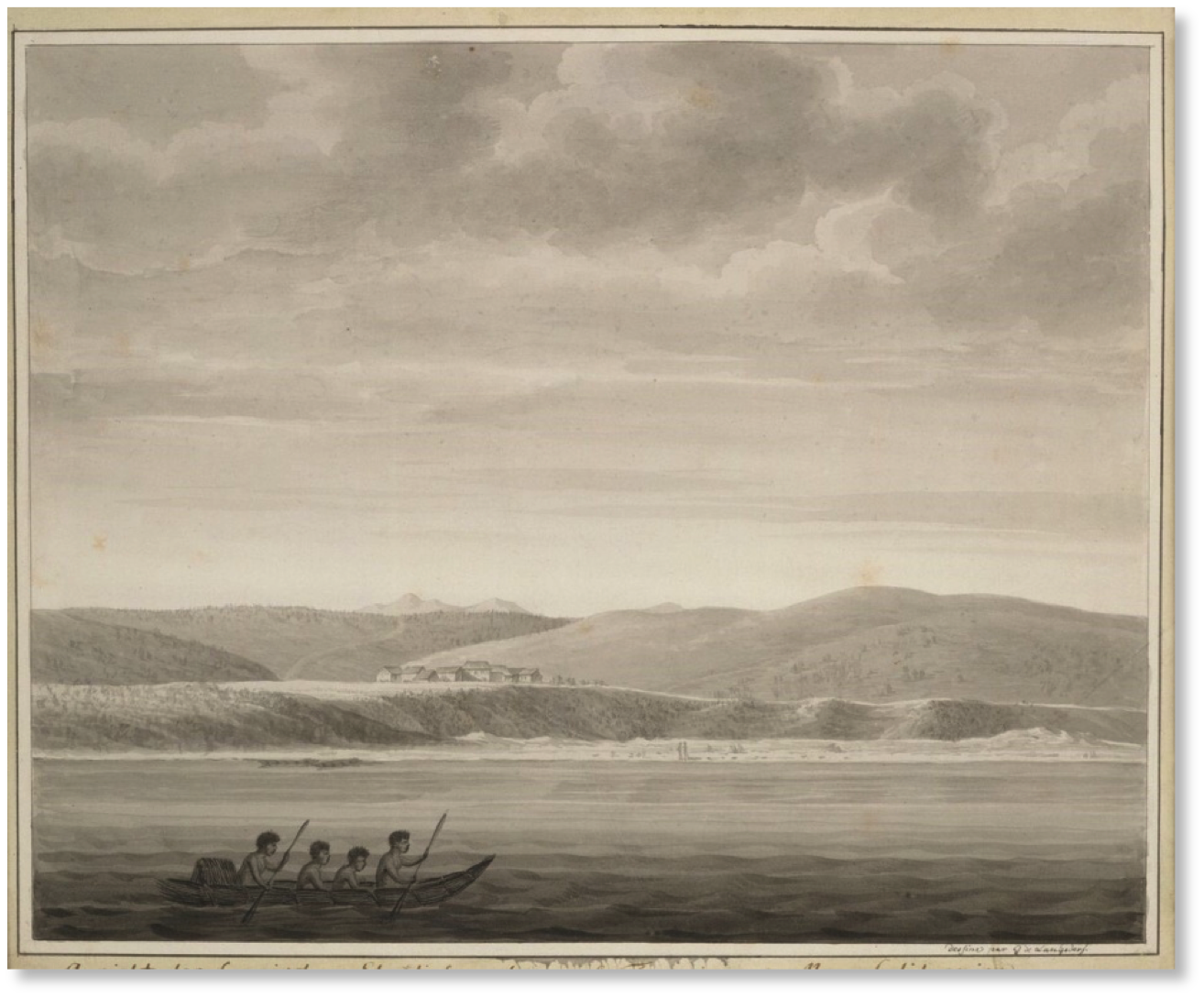
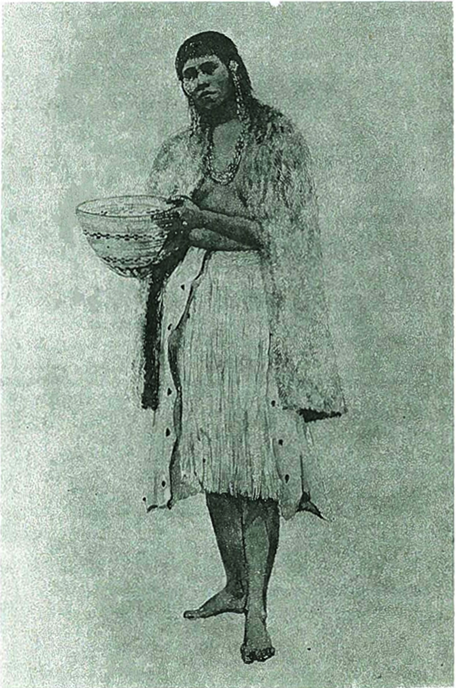
-
The first non-Indians to intrude on the lives of local Native peoples did so by sea in 1542, anchoring in the place now known as Monterey Bay. Several expeditions by sea and land followed, their members traveling well-worn trails made by untold generations of Native people. The Native people they encountered reacted to their arrival in different ways—some with fear and threat; others with curiosity, hospitality, and gifts; still others by treating the arrival of these strangers as a diplomatic event. These early encounters portended a time of tremendous disruption and upheaval to come in the lives of the first peoples of this land.
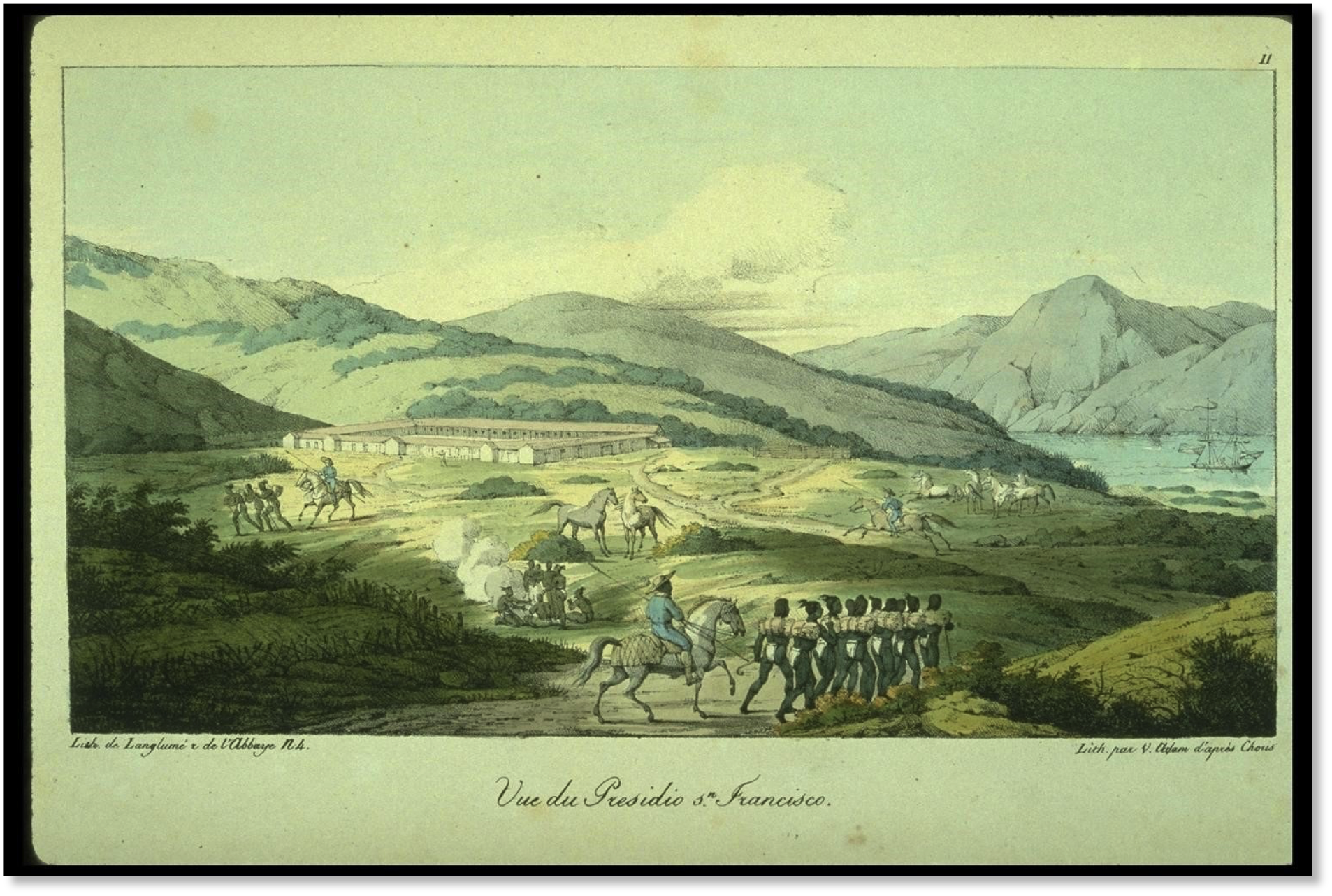
-
The permanent settlement of Spanish priests, soldiers, and later civilians in the region now known as the Bay Area initiated a time of incalculable suffering and change for local Native peoples. The Spanish established missions, presidios (forts), pueblos (towns), and privately-owned, land-grant ranchos (ranches), all built and run with Indian labor. Many Native people resisted missionization. That resistance crumbled in the face of forces beyond their control. These included the loss of countless elders and children due to introduced European diseases. They included corporal punishment and the forced return of runaways. Another factor: The substantial environmental changes that resulted from the introduction of cattle, horses, and invasive plants, and the outlawing of periodic landscape burning.
-
After Mexico achieved independence from Spain in 1821, a process was established to privatize (secularize) mission lands and to greatly expand the number of privately-owned ranchos, usually thousands of acres in size. Although the priests had promised to one day return mission lands to local Native peoples, only a tiny number of Ohlones, and no Bay Miwoks, ever received any land. Instead, they became serf-like laborers on non-Indian owned ranchos, the older boys and men working for no pay as vaqueros (cattle herders and horsemen); the older girls and women as unpaid house keepers and childcare workers. Corporal punishment was used to keep them under control.
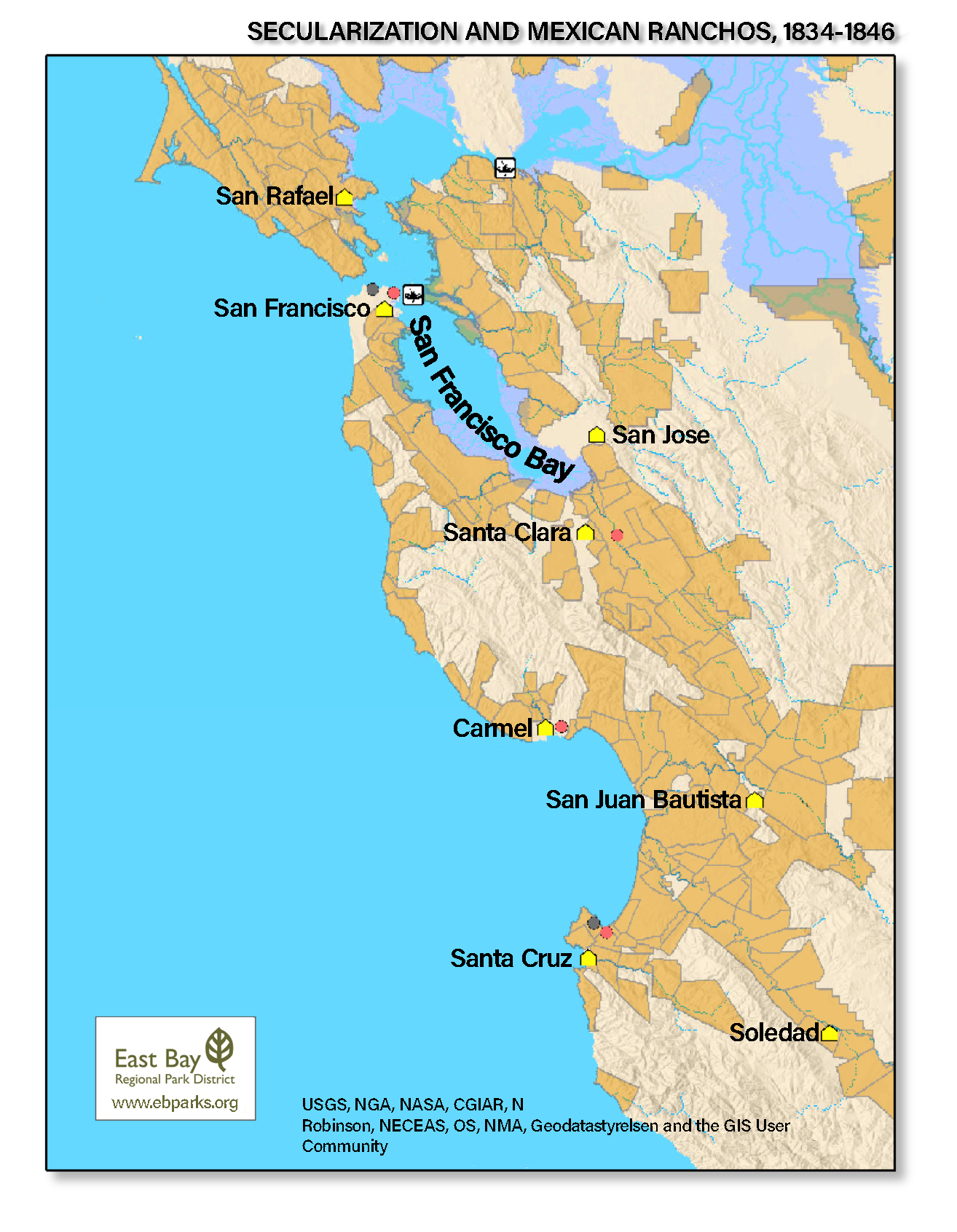
-
“When one bought a ranch, one bought the Indians that went with it.”
-John Walker, 1934, referring to late 1800s East Bay ranch ownersIn 1850, when California became a state, Native people became subject to so-called “apprentice acts.” These state laws legalized the de facto slavery of Indian people throughout California and led to their being bought and sold in non-Indian settlements throughout the state, including the Bay Area. Although outlawed after the Civil War, the practice continued for decades. The United States did not grant citizenship to American Indians until 1924, four years after non-Indian women.
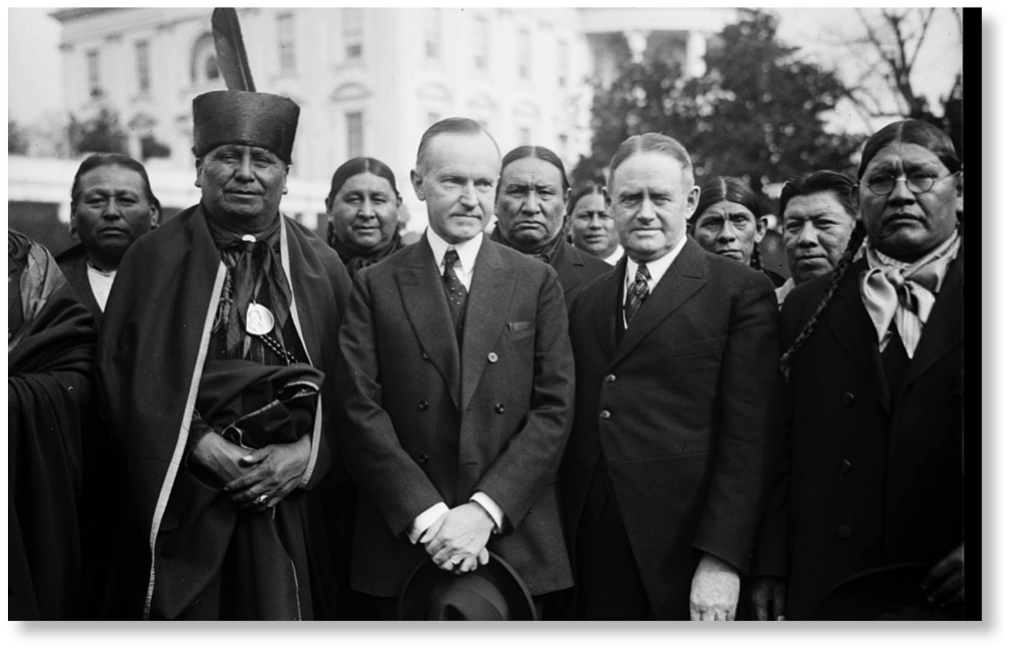
-
Until relatively recently, most Native people in the East Bay and beyond lived lives on the social and economic margins of society. They labored as the state’s original migrant farm workers. They worked as manual laborers and maids.
-
During the mid-19th century, some Native people established village communities (rancherias) that lasted into the early 1900s. In Alameda and Contra Costa Counties these included Alisal (near Pleasanton), El Molino (Niles), Del Mocho (Livermore), and “The Springs” (site of today’s Fairmont Hospital, San Leandro).
Village communities such as these enabled Native people to provide greater social, cultural, and economic support to each other. Even when living outside such village communities, Native people kept in contact and did what they could to support each other.
This exhibition tells the story of one five-generation Ohlone, Bay Miwok, and Plains Miwok family’s journey to not only survive against all odds, but to thrive.